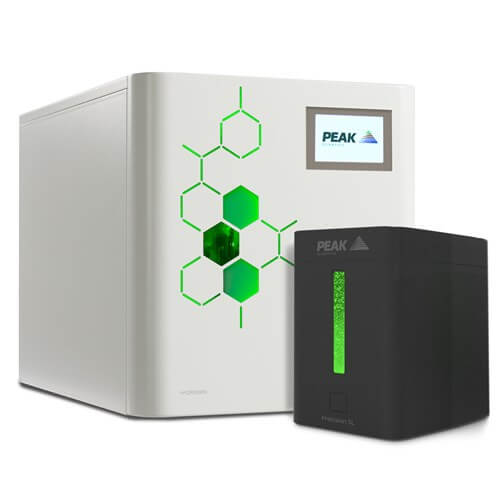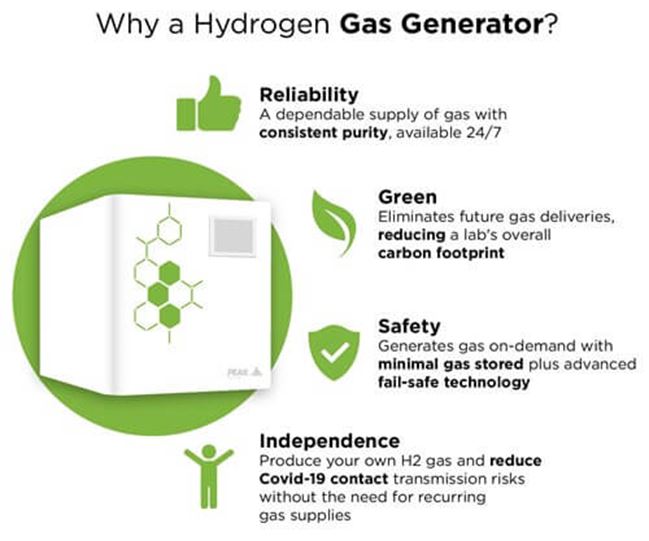GC manufacturers help labs move to hydrogen for GC carrier gas
The world of helium lab gas has had a turbulent time over the last three years. With several factors contributing to the ongoing issues - the sale of the BLM, the war in Ukraine, and numerous safety incidents at helium refineries across the globe – many instrument manufacturers have started to look at ways to move away from such a heavy reliance on helium when it comes to the gas chromatography market.
Although the issues seem to be easing up for many labs across the globe, there is a sense of "when will the next shortage strike?" considering we are just coming out of the fourth considerable helium shortage in so many years. In the wake of the global helium shortage, there seems to be pockets of the globe where shortages take hold more often than others and there doesn't seem to be any warning of when these shortages could hit.
As is standard, when supply is tight, prices increase. This is happening across the world with helium prices going up while many labs are unable to get the allocation they need for their application.
With this in mind, labs can start looking at alternatives to helium for their analysis before another shortage hits - taking a proactive approach to maximize the uptime they experience in their lab.
Two of the major players in gas chromatography who are making inroads to allow their customers to move away from such a heavy reliance on helium are Agilent and Thermo Fisher Scientific with the introduction of the HydroInert Source and the Helium Saver SSL respectively.
The Helium Saver SSL from Thermo Fisher Scientific doesn’t allow labs to move away completely from the use of helium but does let labs combine helium and nitrogen to supply their GC. The Helium Saver only uses helium to supply carrier gas to the capillary column, while nitrogen is used for all other injection processes including septum purge, split and sample vaporization.
 PEAK Scientific's
PEAK Scientific's 
